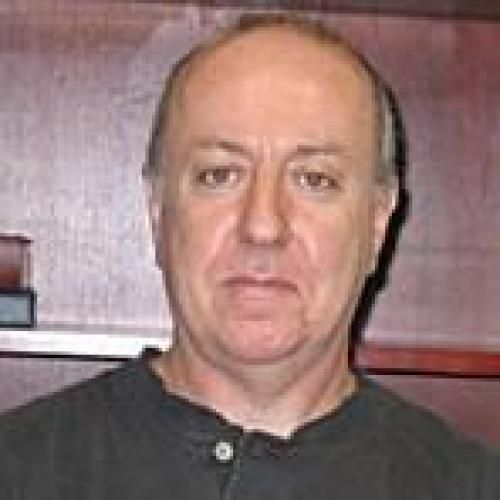Overview
The development of S. cerevisiae as a microbial model for quantitative genetics. Quantitative traits are extremely important and have been extensively studied in higher eukaryotes. Unfortunately, our understanding of quantitative traits is poor because of: the polygenic and additive nature of quantitative trait loci; the complexity of the structures and processes affected by quantitative traits in higher eukaryotes; and, the large genome size and genetic intractability (compared to microorganisms) of high eukaryotes. The simplicity and genetic tractability of S. cerevisiae will alllow us to define quantitative traits in precise genetic and molecular terms. This analysis will aid our understanding of quantitative traits in higher eukaryotes.
The development of S. cerevisiae as a model for the pathogenic fungi. Our knowledge of fungal pathogenesis has been hampered by the genetic intractability of the pathogenic fungi. I have discovered pathogenic variants of S. cerevisiae and have shown that these strains have properties typical of other pathogenic fungi, such as the ability to grow at very high temperatures and a novel phase variation switching system. S. cerevisiae is a close relative of many of the pathogenic fungi and, as we have shown, is an emerging opportunistic pathogen which is virulent in mouse model systems. Genetic analysis of S. cerevisiae pathogenesis and virulence will be applied to more common pathogenic fungi, such as Candida albicans.
The study of phase variation in s. cerevisiae as a model for phase variation (or colony morphology switching) in pathogenic fungi. Phase variants are genetically heritable gene expression states. S. cerevisiae phase variation is also a model for cellular differentiation and gene regulation in higher eukaryotes.
Current Appointments & Affiliations
Associate Professor Emeritus of Molecular Genetics and Microbiology
·
2022 - Present
Molecular Genetics and Microbiology,
Basic Science Departments
Education, Training & Certifications
Brandeis University ·
1987
Ph.D.

